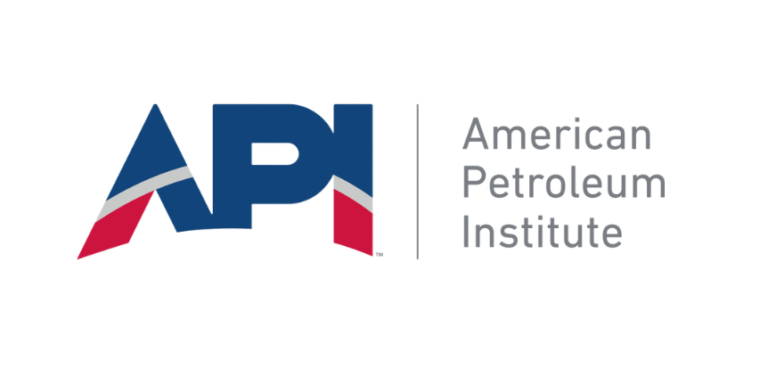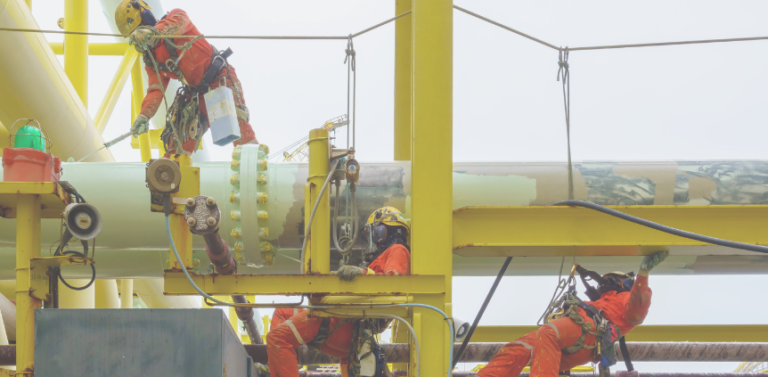Analysis indicates a compelling opportunity for vertically integrated midstream operators. By transitioning to advanced automation in pipeline control rooms, one can unlock significant value and drive margin expansion. This represents a substantial, often untapped, lever for profitability enhancement within the vertically integrated energy value chain.
To better understand the stages of this transformation, the author has drawn a parallel between the evolution of automation in commercial aircraft and the path to a virtual control room in midstream pipelines.
Stages of automation in midstream pipelines vs. commercial aircraft.
Level 0 – Manual Operations:
Pipelines: Operations are entirely manual, with decentralized decision-making and reliance on human intervention.
Aircraft: Pilots manually control all aspects of flight without automated assistance.
Level 1 – Localized automation:
Pipelines: Programmable logic controllers (PLCs) manage individual assets, providing basic automation at specific sites, similar to lane assist in automobiles.
Aircraft: Basic autopilot systems maintain altitude and heading, reducing pilot workload for routine tasks.
Level 2 – Centralized control:
Pipelines: Centralized control via SCADA and PLCs allows remote operation of the entire system, with operators intervening in critical situations.
Aircraft: Advanced autopilot systems handle more complex tasks, such as navigation and altitude adjustments, with pilots ready to take control if necessary.
Level 3 – Conditional autonomous pipeline:
Pipelines: The system operates autonomously under certain conditions, but operators must be ready to intervene. This level demonstrates proven technology and significant margin improvements, driving a 30% increase in margins for integrated midstream companies.
Aircraft: Autopilot systems manage most flight phases, including takeoff and landing, but require pilot intervention during unexpected events.
Level 4 – Autonomous pipeline:
Pipelines: Fully automated operations, including complex tasks such as swings, strips, and start-ups/shutdowns, integrated with scheduling and nominations.
Aircraft: Advanced autopilot systems handle all flight phases autonomously, with pilots primarily monitoring and intervening only in rare situations.
Level 5 – Virtual control room:
Pipelines: Operations are seamlessly integrated with nominations and scheduling, executed without traditional human interfaces, and replaced by individualized dashboards for monitoring and intervention.
Aircraft: Future vision of fully autonomous flights where pilots oversee operations from a virtual control room, intervening only when necessary.







